How do you find a Reliable Carpet Cleaning Company In Louisville-Part 2
Hiring a professional carpet cleaning company can be challenging if you don’t know what to look for. There are many carpet cleaning companies in Louisville, KY, and some are just starting out. The carpet cleaning industry, like any other, has many newcomers and many who exit quickly. Hiring a new company with only a few months of experience might not be the best decision.
In our industry, there’s an organization called IICRC, which stands for a nonprofit certification and Standards Developing Organization (SDO) for the inspection, cleaning, and restoration industries. When you hire a new startup company, you risk them not having undergone proper training or certification.
Certified carpet cleaning companies adhere to professional standards. They follow specific steps for a thorough carpet cleaning, including vacuuming, pre-treatment, pre-spotting, and sometimes pre-agitation. The recommended method for effective cleaning is hot water extraction, commonly known as steam carpet cleaning.
Certified technicians follow these steps consistently. However, some companies may not adhere to these standards and might try to sell you a “new cleaning method.” Avoid such companies. A professional carpet cleaning service goes beyond just cleaning; it involves proper customer service.
When a technician arrives, they should greet you politely, listen to your concerns, and inspect the areas needing attention. They should handle your furniture carefully and cover your floors with mats to prevent damage. Corner guards are also important to protect your walls from scratches.
These small details matter. If a company skips these steps, it could cost you more in the long run. For instance, if your walls get scratched, you might have to repaint, which could delay selling your home and potentially cost you thousands.
Many companies compete on price, often offering poor service for cheap rates. At Rodriguez Cleaning and Restoration, we aim to be the best rather than the cheapest. We focus on delivering high-quality service at a fair price, paying attention to the details that make a difference.
Before hiring a carpet cleaning service, check reviews on Google, Angie’s List, BBB, Yelp, Yellow Pages, or Facebook. Reading reviews can help you determine if a company meets your standards. If Rodriguez Cleaning and Restoration fits your criteria, give us a call. Educate yourself before making a decision. Good luck with your hiring!

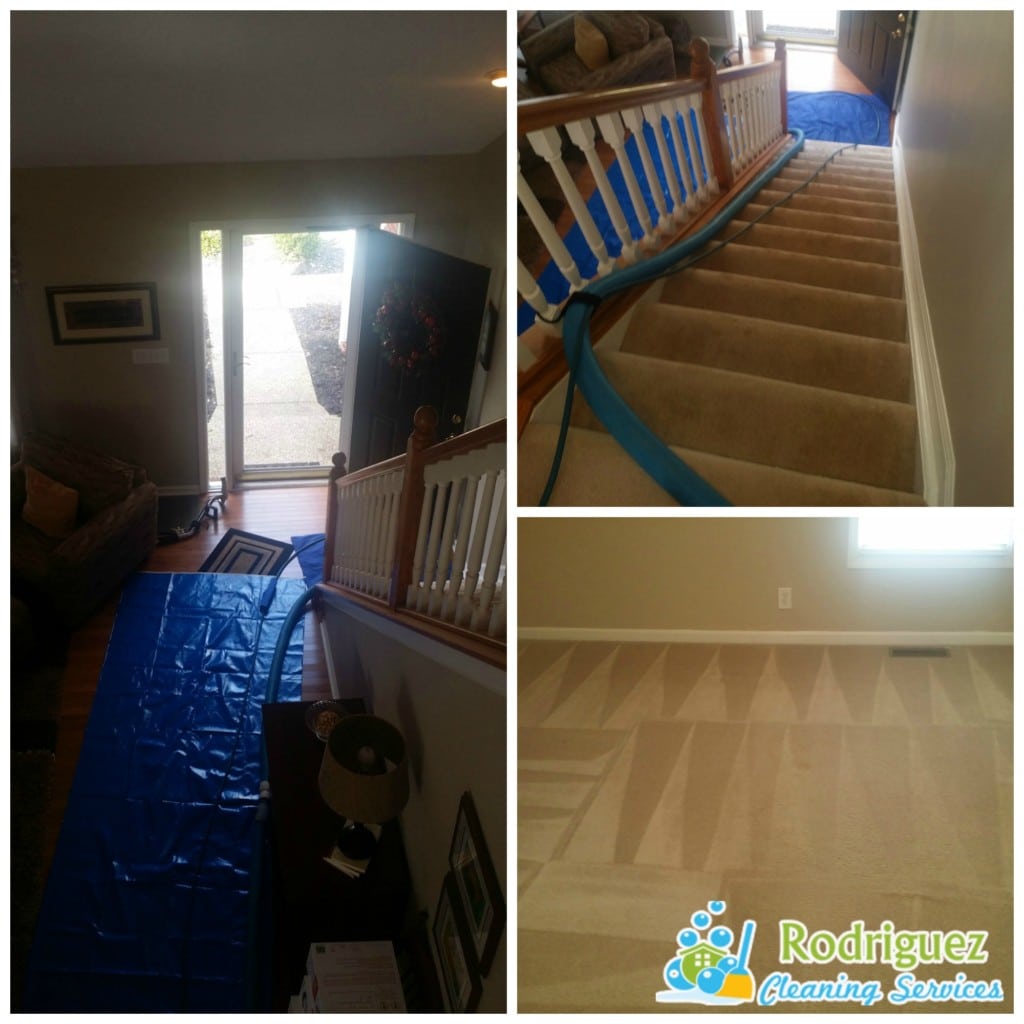
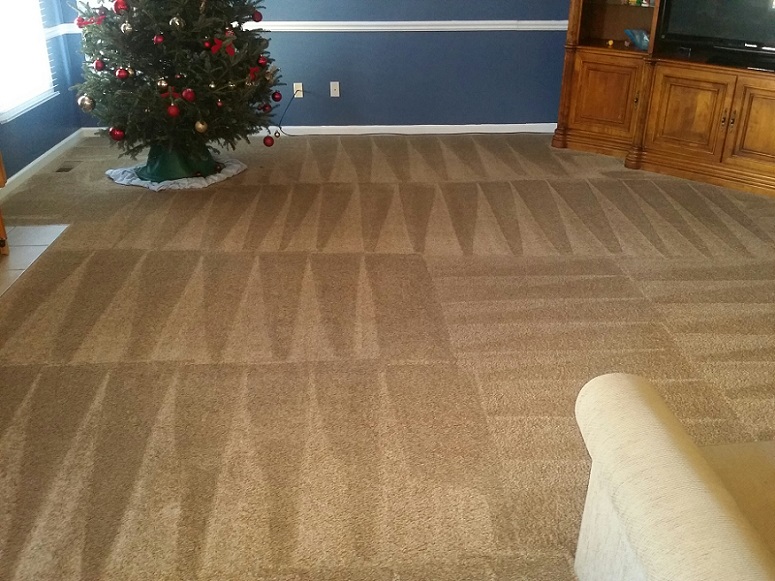



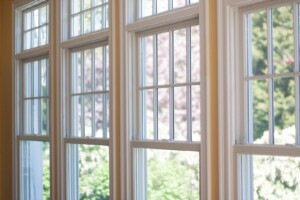
 Check my Warranty.
Check my Warranty.
 Carpet is a popular floor fitting, prized for its warmth, versatility, insulation abilities, and the protection it provides unfinished floors. If you’re considering installing carpeting in your home, keep reading to learn about the benefits and advantages of this practical and fashionable product.
Carpet is a popular floor fitting, prized for its warmth, versatility, insulation abilities, and the protection it provides unfinished floors. If you’re considering installing carpeting in your home, keep reading to learn about the benefits and advantages of this practical and fashionable product.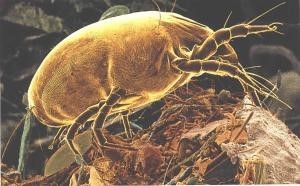 Dust Mites are microscopic creature, tiny arachnids, with closely relation with spiders and ticks that live in carpets, blankets, pillows, mattresses, and others soft materials. They are technically not insects, but they are arthropods, like spiders. They are too small to see without a microscope. Dust Mites are primitive creatures that have no developed respiratory system and no eyes. They spend their lives moving about, eating, reproducing, and eliminating waste products. Their food are flakes of human skin that all of us normally shed every day. Mites do not bite people, and do not live in people, but live near them. In Fact, we cannot inhale live mites because they do not live in the air, it is the waste particles that they have produced, and the body fragments of dead dust mites, that become airborne, are inhaled and cause allergy symptoms.
Dust Mites are microscopic creature, tiny arachnids, with closely relation with spiders and ticks that live in carpets, blankets, pillows, mattresses, and others soft materials. They are technically not insects, but they are arthropods, like spiders. They are too small to see without a microscope. Dust Mites are primitive creatures that have no developed respiratory system and no eyes. They spend their lives moving about, eating, reproducing, and eliminating waste products. Their food are flakes of human skin that all of us normally shed every day. Mites do not bite people, and do not live in people, but live near them. In Fact, we cannot inhale live mites because they do not live in the air, it is the waste particles that they have produced, and the body fragments of dead dust mites, that become airborne, are inhaled and cause allergy symptoms.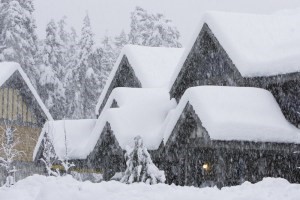 TOPEKA — The calendar shows we are heading toward the time of year when brisk winds, blowing snow and colder temperatures will become the norm. Although the comparatively nice weather has provided many of us with a true autumn, I’m urging people to check their homeowners’ and vehicle insurance policies now to be sure they are protected as we head into the winter season.
TOPEKA — The calendar shows we are heading toward the time of year when brisk winds, blowing snow and colder temperatures will become the norm. Although the comparatively nice weather has provided many of us with a true autumn, I’m urging people to check their homeowners’ and vehicle insurance policies now to be sure they are protected as we head into the winter season.